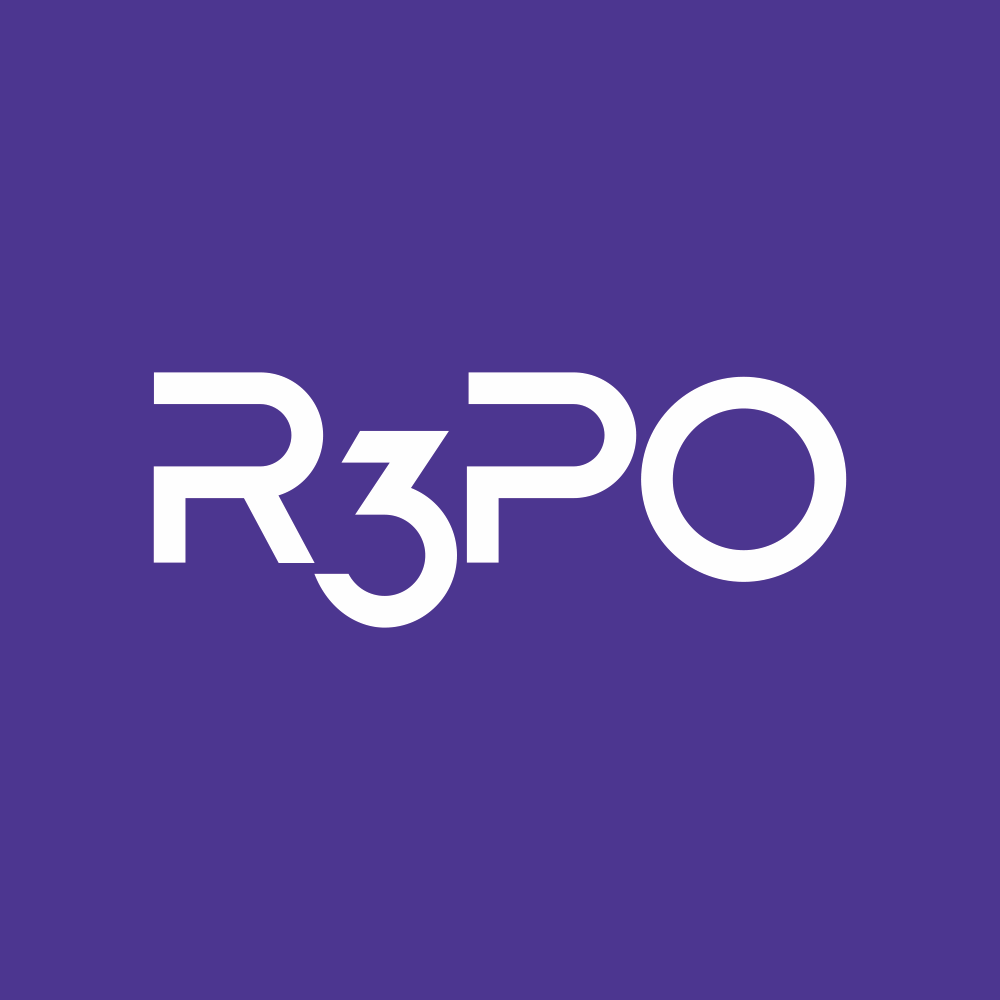In the past month, the NFT market has been distracted by the popular BRC 20 Ordinal NFT and memecoin. Many old NFT players are now participating in chasing the hot spots and on-chain native dogs of the BRC NFT market. At the same time, the original NFT market is getting colder. The only event worthy of attention is that Blur, a new star NFT aggregation trading market, launched the peer-to-peer perpetual lending agreement Blend with NFT as collateral on May 2, officially entering the NFT lending track.
secondary title
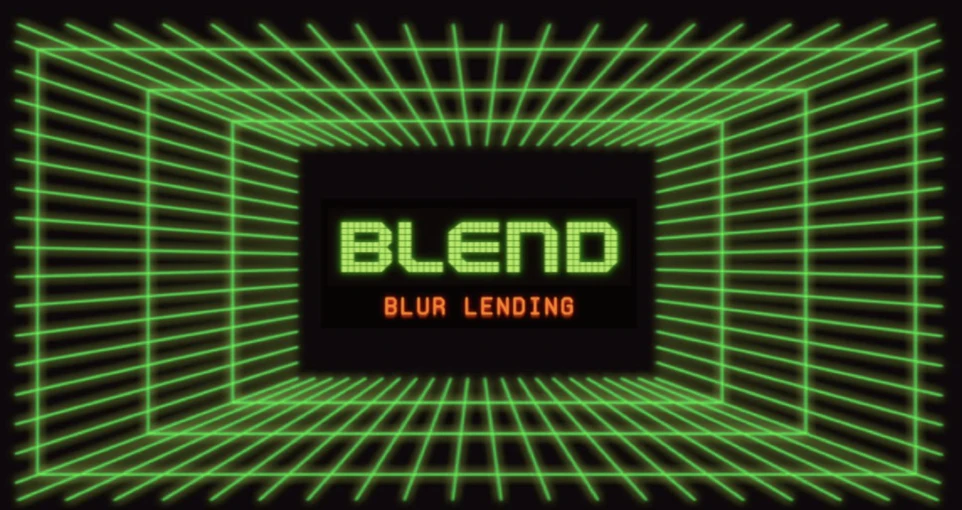
What is Blend? How is it different from existing lending agreements
The mechanism of Blend is directly operated by Paradigm, and the co-authors of the white paper published by Dan Robinson are senior contributors to leading DeFi protocols such as Comound and Uniswap. At the same time, Blends design philosophy continues the non-permission and composability concepts that have been carried forward in DeFi protocols.
Blend uses P2P Lending, which essentially matches NFT holders and fund holders, and completes mortgage NFT lending funds peer-to-peer. Unlike emerging peer-to-pool models such as BendDAO and ParaSpace, Blend is only a third-party platform for matching P2P lending. Moreover, Blend, like NFTfi and X2Y2, adopts a peer-to-peer lending model. This model can give both borrowers and lenders greater freedom in agreement customization, and does not involve automatic liquidation. Since the platform only undertakes matching functions, the security of funds is also high. Relatively high.
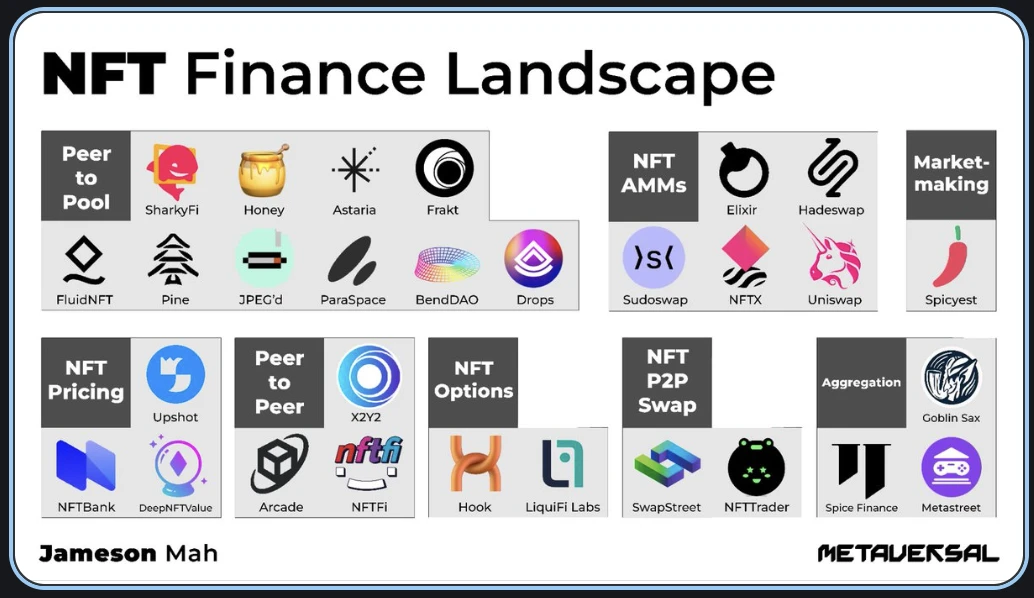
On this basis, Blend has also made further adjustments. Blend does not depend on the oracle machine, and has no expiration date limit. It allows the borrowing position to remain open indefinitely until it is liquidated, so that both borrowers and borrowers can use it more flexibly. At the same time, interest rates are determined by the market. Blend launched two major products: NFT mortgage loan and Buy Now Pay Later (BNPL-Buy Now Pay Later). NFT holders can borrow ETH by collateralizing their NFT without selling the NFT. In addition, Blend also supports Buy Now Pay Later (BNPL-Buy Now Pay Later). Users can use BNPL to prepay part of the funds to purchase NFT, and can repay the loan at any time to obtain full ownership of the NFT.
Currently Blend supports three NFT series: Punks, Azukis, and Miladys, and DeGod will be added later.
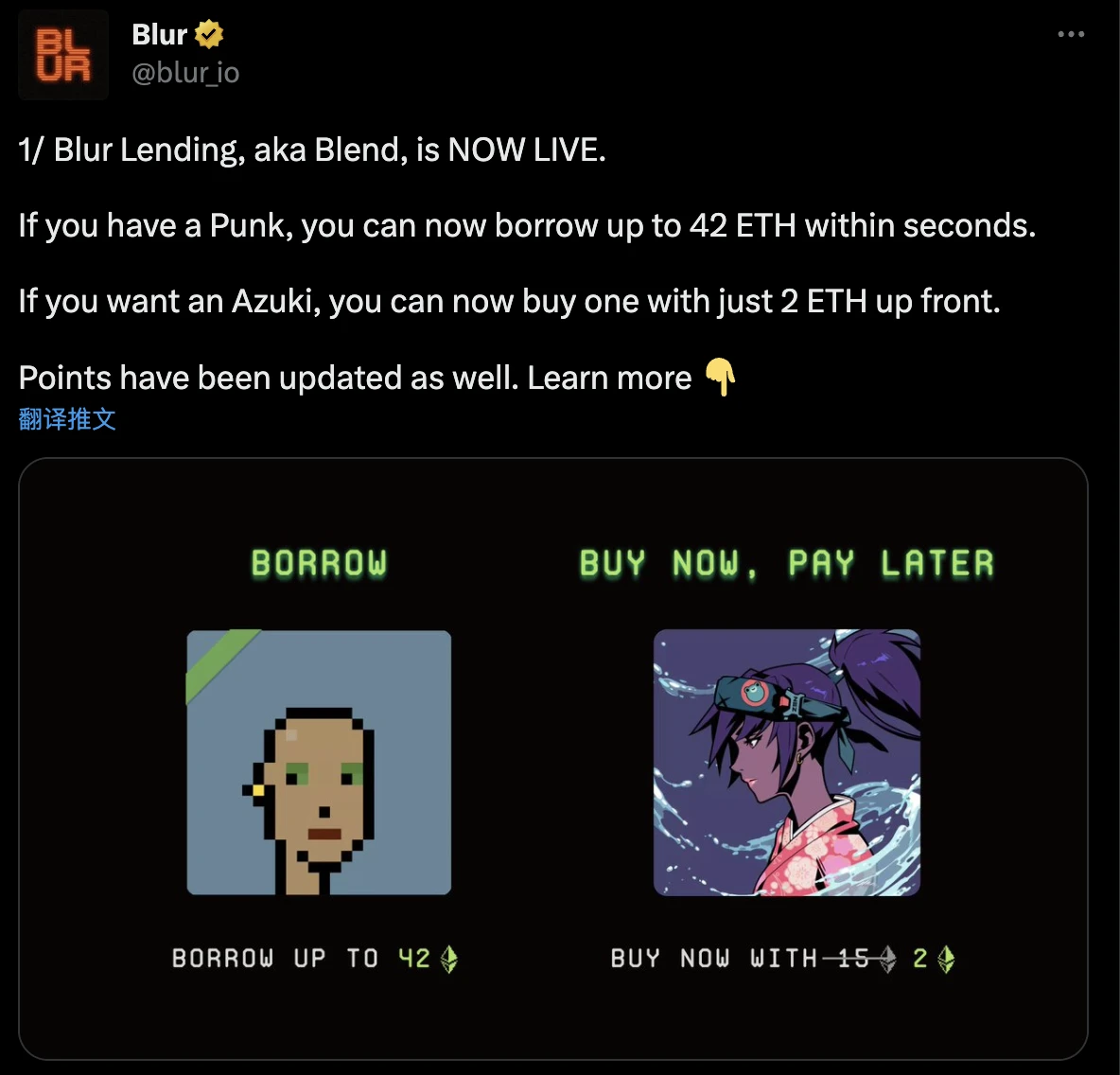
According to the latest data from Dune Analytics on May 10, since Blur launched the NFT lending market Blend a week ago, the market has facilitated more than 47,000 ETH loans.
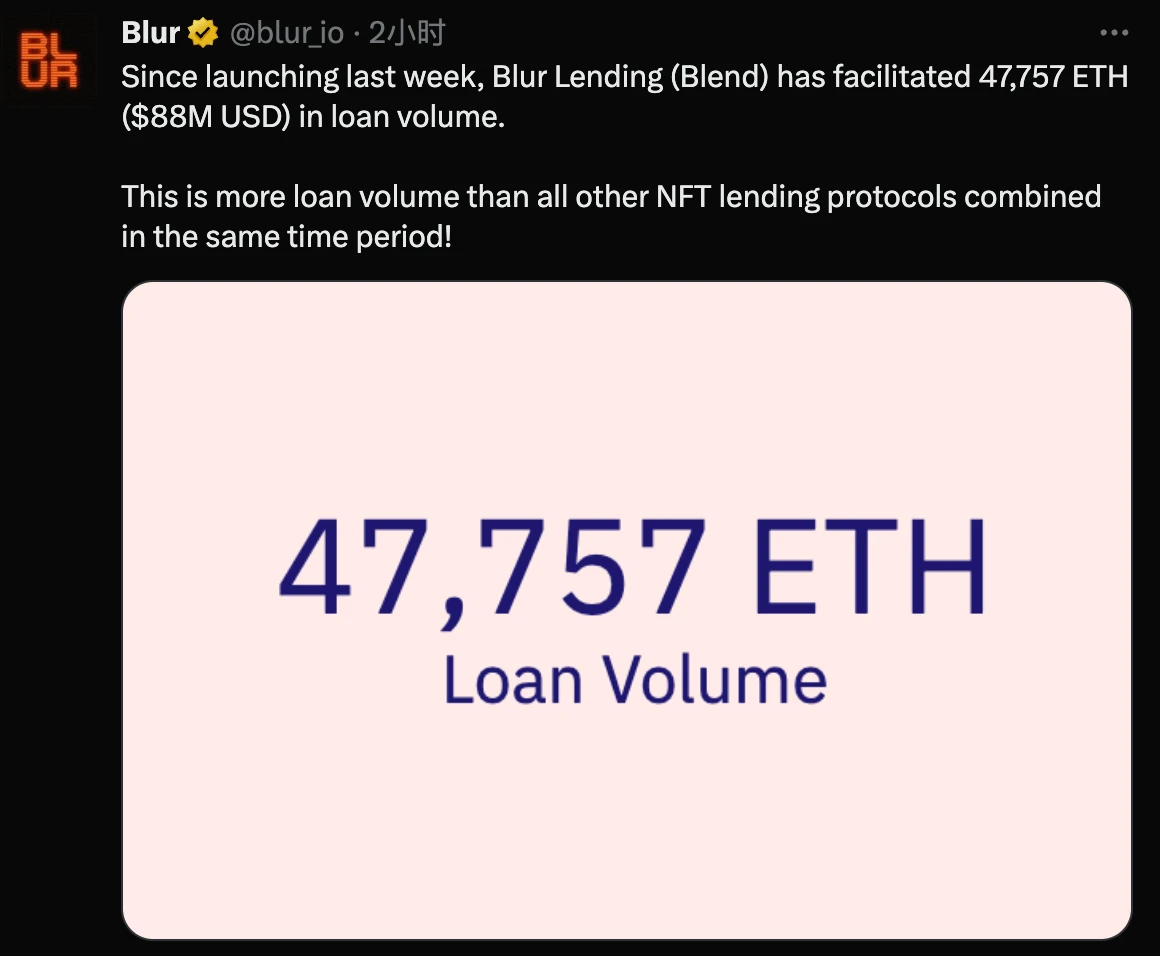
According to data from DefiLlama, the total TVL of Blend reached US$11.8 M in one week, ranking fifth among all lending agreements. The top two BendDao and ParaSpace lending agreements on this list both adopt a peer-to-pool (Peer-to-Pool) operating mechanism different from Blend. Efficiency, but it also has certain risks. In August last year, the NFT market was cold, and the price of blue-chip NFTs continued to fall. The NFT-style subprime mortgage crisis caused a series of liquidations in the lending pool on BendDao. The recent farce of ParaSpace has also caused its NFT fund pool to flee in panic. The liquidity crisis and trust crisis of the peer-to-peer pool have always been potential black swan risks.
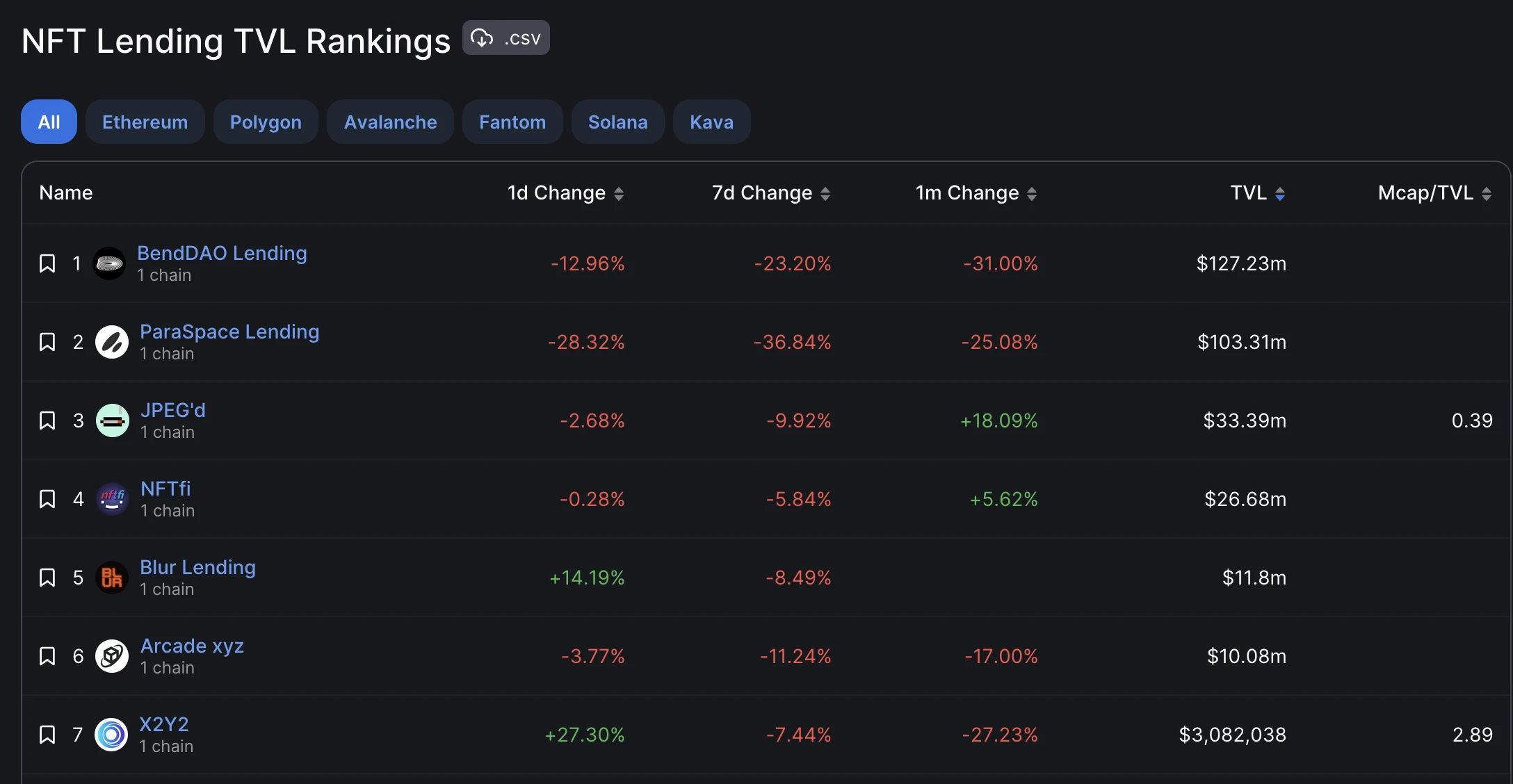
secondary title
text
The launch of Blur once brought false prosperity to the NFT market. Since the beginning of 2023, the cryptocurrency market has shown signs of recovery, but the overall NFT market is still not improving. According to Dune data, since the launch of the NFT aggregation platform Blur at the end of last year, it has quickly occupied the share of the NFT market due to its airdrop reward mechanism, and at the same time boosted the transaction volume of the stagnant NFT market. However, it was issued on February 14. After the airdrop rewards, the overall NFT market trading volume began to plummet, and the price of BLUR tokens also fell by nearly 70% from the highest point in just three months.
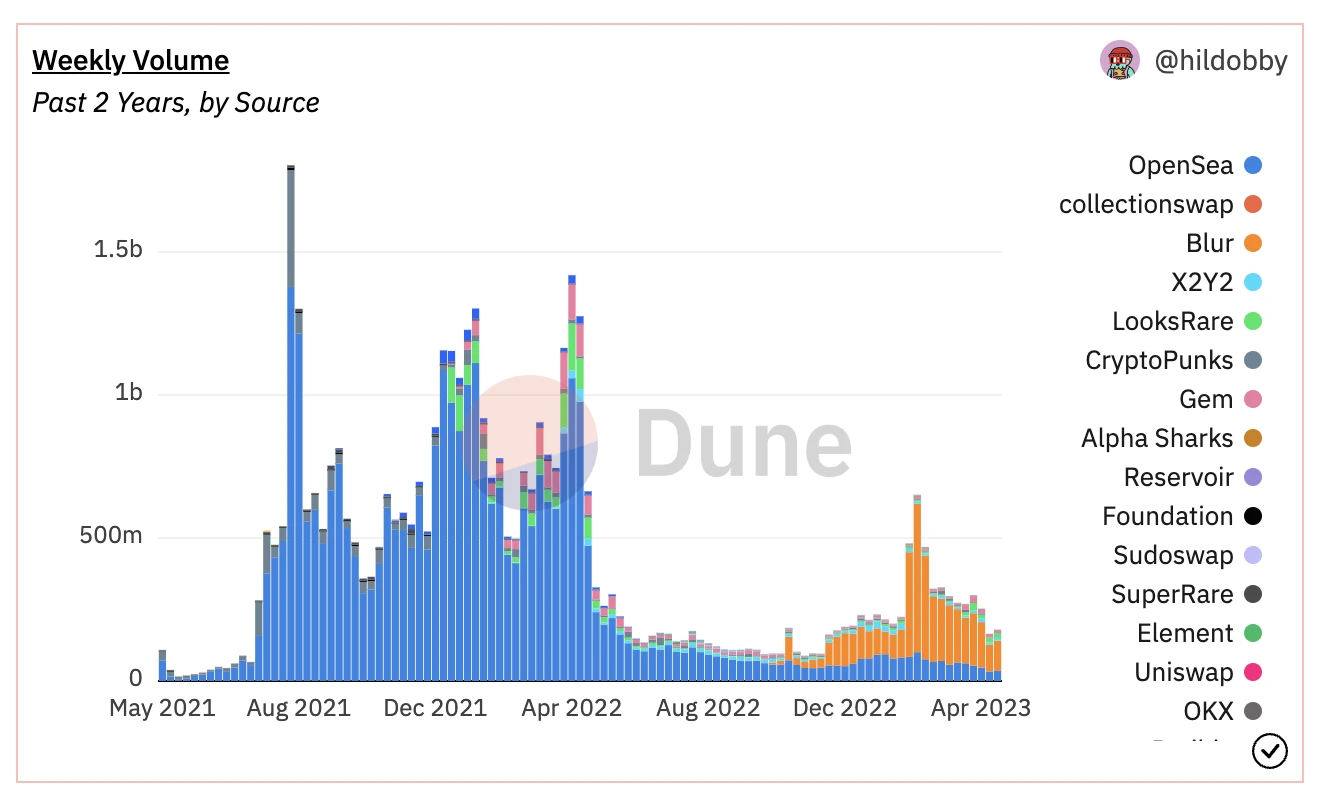
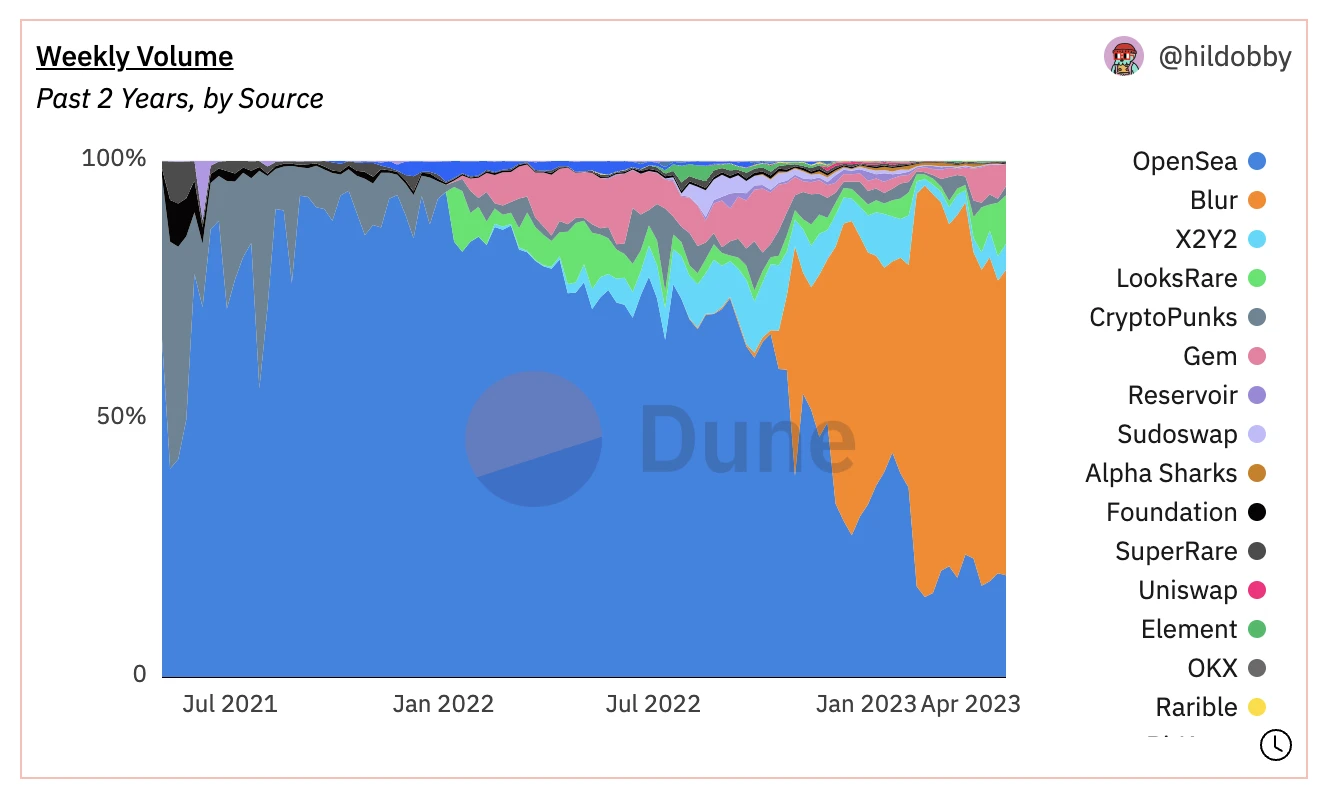
secondary title
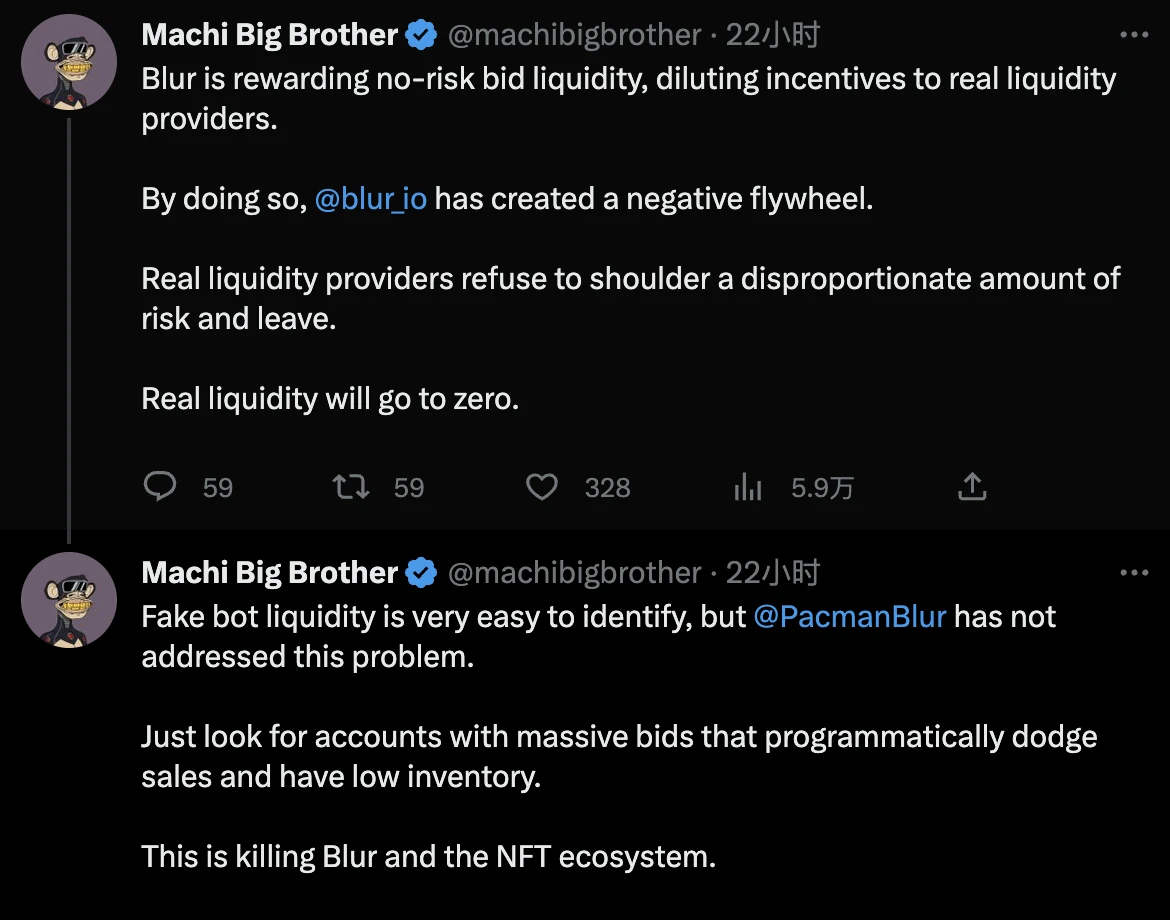
text
text
However, whether Blend is the optimal model for NFT lending remains to be evaluated. Since Blur’s first phase of airdrops gave birth to many myths of getting rich, the bid reward mechanism of the second phase has attracted a group of “miners” who do not like to collect NFTs in essence, and regard the entire NFT market as a “mine”. These big players and scientists are constantly optimizing their machine automation scripts and capital scale, with the purpose of harvesting others, which has brought great risks to the entire market. In this high-risk market, many ordinary players used to provide real liquidity based on their enthusiasm and love for NFT, but now when they buy NFT, they still need to face the risk of games between the big players behind them. The market is increasingly disappointed. Blurs reward mechanism and extreme pursuit of liquidity have gradually exposed many problems.
Now that Blur has entered the NFT lending track strongly, many people are optimistic because it will help increase the liquidity of NFT. But is so-called liquidity really so important? After the second phase of the rules came out, many junk NFT projects returned to the light under the collusion of big players and founders, and became a tool for earning points. What is the meaning of the liquidity created in this way? After the Blur point reward activities are over, will the liquidity created by the involution of points in this market still exist?
Will the launch of Blend gradually become a tool for big investors to harvest retail investors? Perhaps Blurs original intention is to combine the existing Bid fund pool in the strategic deployment to launch an integrated loan, interest, and installment NFT liquidity market, improve capital efficiency, and accelerate the NFT financialization process. But it may actually only add new gameplay to the Blur Points Miner.
Disclaimer: There are risks in the market, and investment needs to be cautious. Readers are requested to strictly abide by local laws and regulations when considering any opinions, viewpoints or conclusions in this article. The above content does not constitute any investment advice.
Copyright statement: If you need to reprint, please add the assistant WeChat to communicate. If you reprint or wash the manuscript without permission, we will reserve the right to pursue legal responsibility.
Disclaimer: There are risks in the market, and investment needs to be cautious. Readers are requested to strictly abide by local laws and regulations when considering any opinions, viewpoints or conclusions in this article. The above content does not constitute any investment advice.

